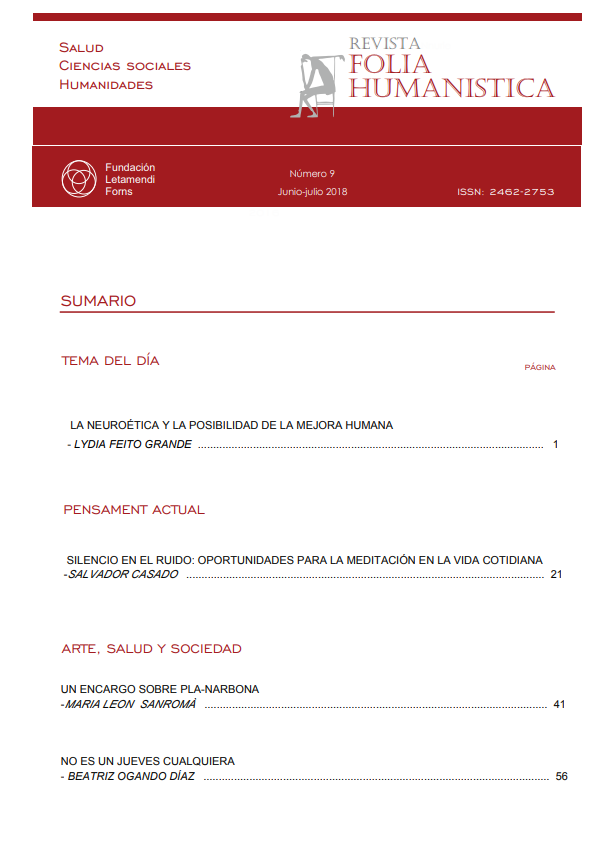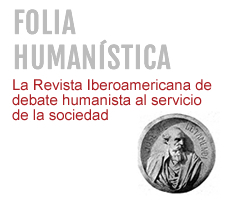The silence in the noise
opportunities for meditation in everyday life.
DOI:
https://doi.org/10.30860/0039Keywords:
meditation, professional exhaustion, mindfulness, psychological stressAbstract
The increase of noise in our era is conditioned by three factors: urbanism, technology and the media. The knowledge society provides us with an information overload in the form of background noise that causes us discomfort. To be able to observe and manage this discomfort requires intrapersonal intelligence and the ability to generate quality silence. The sanitary and teaching worlds are examples of professions where noise can be devastating. In order to be able to manage it, it is important to learn to develop sensitivity and attention to the outside on one side and to oneself on the other.It is in vital crises that we usually learn to approach the interior space of silence. Personal suffering forces us to seek solutions and for this there is no alternative but to end up looking towards where emotions point, no matter how uncomfortable or difficult it may be.
The process of digitizing communication has increased the "bandwidth" of information we receive and forces us to spend more energy to manage it. We are receiving more stimuli than necessary while at the same time society is experiencing an unprecedented epidemic of loneliness and isolation affecting children, adults and the elderly.We conclude that information overload causes suffering. Given that today's society produces a lot of noise, it is important to learn how to generate silence and relate to it, taking care of the spaces of personal silence and implementing meditative attitudes that improve inner contact and quality human relations.
Downloads
Published
How to Cite
Issue
Section
License
La Revista Folia Humanística se adhiere a Creative Common en la modalidad: Reconocimiento – NoComercial – CompartirIgual (by-nc-sa): No se permite un uso comercial de la obra original ni de las posibles obras derivadas, la distribución de las cuales se debe hacer con una licencia igual a la que regula la obra original.








